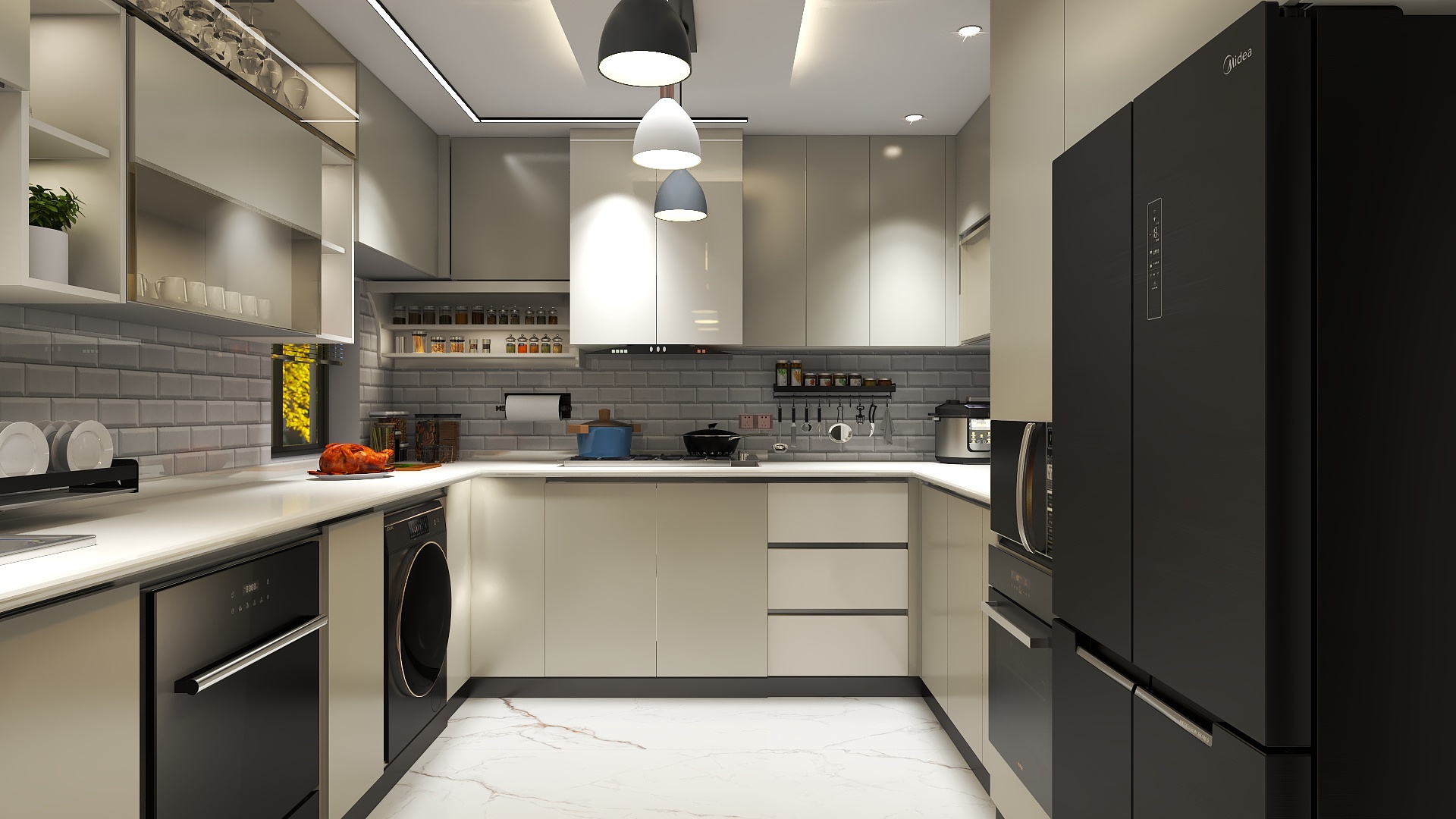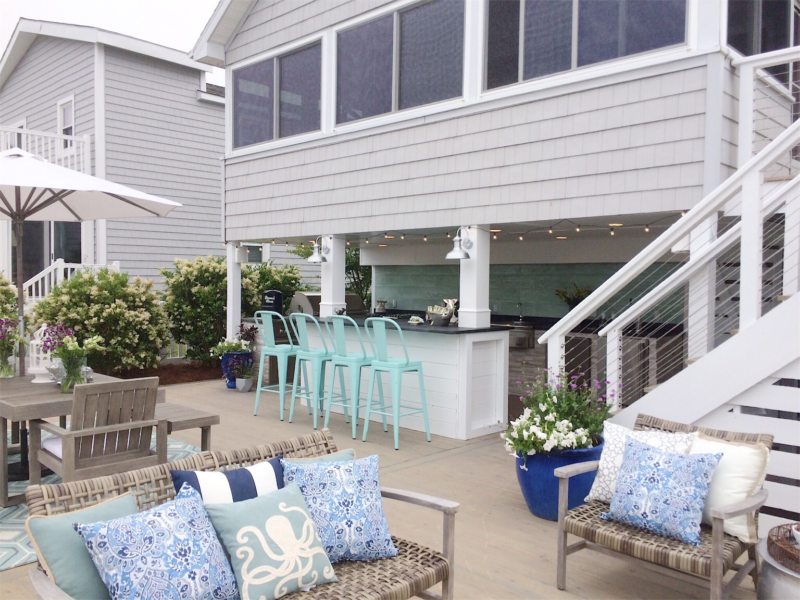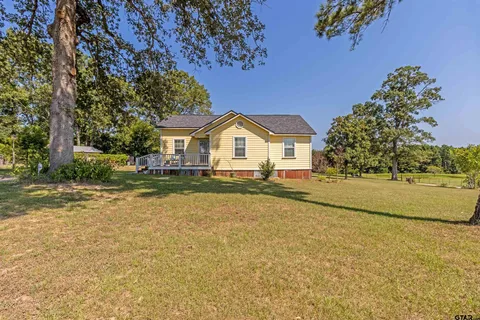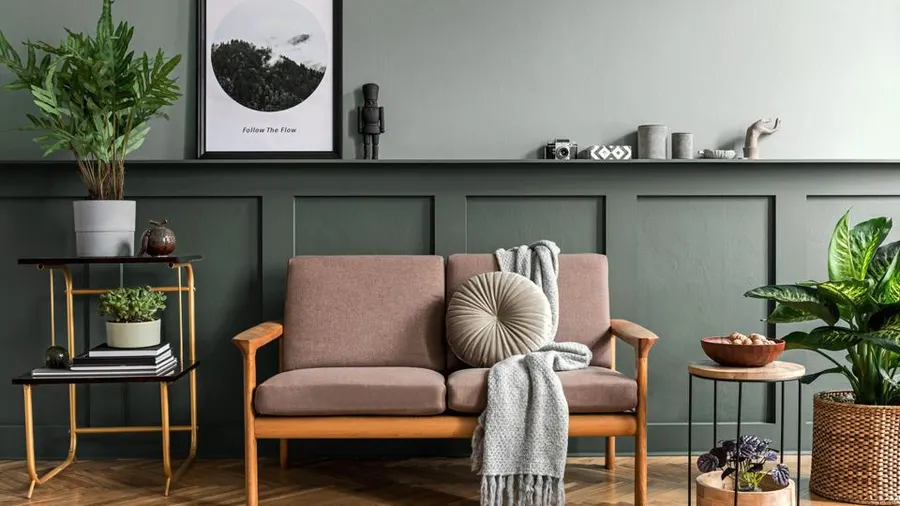RimWorld Kitchen Design: Optimize Your Colony’s Food Efficiency

Designing an efficient kitchen in RimWorld is one of the most crucial aspects of base management. A well-structured kitchen ensures your colonists are well-fed, prevents food poisoning, and boosts overall productivity. Whether you’re a seasoned player or a newcomer, mastering RimWorld kitchen design can significantly impact your colony’s survival and success. This guide will walk you through the best practices for creating a top-tier kitchen layout that minimizes travel time, maximizes cleanliness, and supports long-term colony growth.
Why Kitchen Design Matters in RimWorld
Kitchen design isn’t just about aesthetics; it directly influences food safety, storage efficiency, and work speed. Poor layouts lead to frequent food poisoning, wasted ingredients, and longer meal prep times. A well-planned kitchen ensures:
- Minimal contamination risk
- Quick access to food storage
- Efficient meal production
- Better colonist mood and health
Core Elements of an Ideal RimWorld Kitchen
1. Kitchen Layout and Size
Start with a compact yet functional space. A 5×5 to 6×6 room is typically sufficient for early to mid-game. Keep your stove, butcher table, and refrigerator close together. Avoid placing doors or traffic paths directly through the kitchen to reduce dirt accumulation.
2. Dedicated Food Storage (Freezer Room)
Having an adjacent walk-in freezer is essential. Use coolers to keep the temperature below 0°C, ensuring raw ingredients and cooked meals stay fresh. Insulate the freezer with double walls and only place a single door between the freezer and kitchen to maintain efficiency.
3. Cleanliness and Sanitation
Food poisoning can quickly spiral out of control. Use sterile tiles or metal tiles if possible. Ensure only cooks enter the kitchen to minimize dirt tracked in. Consider using restricted areas and cleaning schedules to keep it spotless.
4. Equipment Placement
- Electric Stove/Wood-Fired Stove: Place against the wall near storage.
- Butcher Table: Position slightly away from the stove to reduce contamination.
- Tool Cabinet: Place adjacent to both tables to boost work speed.
- Light Source: Add a standing lamp to avoid work penalties in darkness.
Tips for Reducing Food Poisoning
- Assign only high-skilled colonists to cooking.
- Keep the kitchen and freezer separate from high-traffic areas.
- Clean the kitchen daily.
- Avoid placing the butcher table in the same room as the stove if possible.
Advanced RimWorld Kitchen Design Ideas
1. Double Freezer Design
Include separate zones for raw ingredients and meals to prevent cross-contamination. This helps in managing food categories more efficiently.
2. Automated Hauling
Utilize hauling bots or dedicated haulers to move food between farms, the freezer, and the kitchen. This reduces cook travel time and increases output.
3. Centralized Dining Hall
Position your kitchen adjacent to the dining room. This reduces the time it takes for colonists to access meals and can improve mood due to beautiful and convenient dining spaces.
Common Mistakes in Kitchen Design
- Using wood flooring, which gets dirty easily.
- Placing multiple doors or allowing animal traffic through the kitchen.
- Overbuilding the kitchen with too many appliances early on.
- Not separating the butcher area, increasing contamination risk.
Best Materials for Kitchen Construction
- Sterile Tile: Ideal for cleanliness but expensive.
- Steel/Metal Tile: A good balance of cleanliness and cost.
- Concrete: Better than dirt but not optimal for long-term use.
Kitchen Design Progression by Game Stage
Early Game
- Simple room with a wood stove and wooden floors
- Basic food stockpile nearby
Mid Game
- Electric stove and butcher table in tiled room
- Adjacent cold storage
- Light and tool cabinet for efficiency
Late Game
- Fully tiled sterile kitchen
- Refrigerated storeroom with zoning
- Automated hauling and restricted access
Conclusion
A well-planned RimWorld kitchen design can be the difference between a thriving colony and one plagued by illness and inefficiency. By optimizing layout, cleanliness, and accessibility, you create a sustainable environment that supports your colonists’ needs. Keep experimenting and refining your design based on colony size and playstyle.




